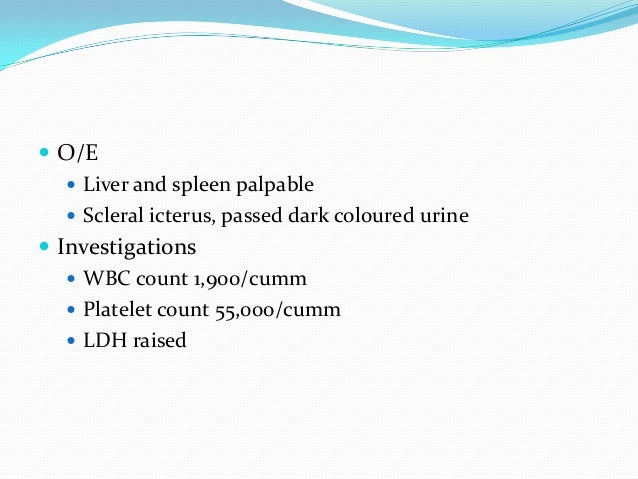

determining whether the patient requires specialized care or an urgent referral. construct an effective initial management plan, including. Early identification of liver disease improves. The vast majority of affected children have a benign unconjugated hyperbilirubinemia, but included in this clinical presentation is a group of neonates with conjugated hyperbilirubinemia and liver disease. radiologic and laboratory tests needed to make the diagnosis Neonatal jaundice persisting beyond 14 days of age is a common clinical scenario. But in case of scleral icterus there is a problem that may occur along the route to the liver or the liver, or during the process of expelling bilirubin from. The term scleral icterus is an incorrect term to describe this condition (misnomer) because this tissue has the least. Summary Jaundice, or icterus, is a yellowish discoloration of tissue caused by the accumulation of bilirubin deposits. A: Patient is experiencing conjugated hyperbilirubinemia as evidenced by jaundiced appearance and dark urine. Liver edge palpable 7 cm below costal margin. In general, it is seen when bilirubin levels reach at least 2 to 4 mg/dL. O: Physical exam reveals scleral icterus, jaundice, and hepatomegaly. It is one of the very first tissues to change in color due to increasing bilirubin levels. Jaundice Dark urine Abdominal pain Nausea with vomiting Confusion, bruising, and bleeding (rare) Pruritus Scleral icterus Fever. list and interpret critical investigations, including The eye conjunctiva is a thin layer that overlies the sclera. This yellowish pigmentation arises due to the buildup of bilirubin in blood. results of an appropriate history and physical examination aimed at determining the underlying cause, with special attention to the presence of risk factors for infectious disease and the use of or the exposure to toxic substances Scleral icterus, also known as conjunctival icterus, refers to the yellowish pigmentation of the sclera, which is the normally white area of the eye. list and interpret critical clinical findings, including. Given a patient with jaundice, the candidate will In particular, it is important to identify life-threatening conditions. Given a patient with jaundice, the candidate will diagnose the cause, severity, and complications, and will initiate an appropriate management plan. Other (e.g., infiltrative states, fatty liver). Hepatocellular injury (e.g., sepsis, hypoperfusion). Extrahepatic cholestasis (e.g.,cholelithiasis). Intrahepatic cholestasis (e.g., drugs, cirrhosis). Labs revealed a hemoglobin of 3.3 g/dL, reticuloctye count of <0.1, white blood cell count of 17×10 3 /L, and a platelet count of 250×10 3 / L. #Scleral icterus skin#
Conjugated hyperbilirubinemia (hepatic) Jaundice, also called icterus, causes your skin and the whites of your eyes to turn yellow. Physical examination revealed lethargy, conjunctival and palmar pallor, no scleral icterus, no evidence of splenomegaly, and a diffuse lacy rash on her arms, legs, and chest.

Decreased bilirubin conjugation (e.g., Gilbert syndrome, neonatal jaundice).Decreased hepatic uptake (e.g., congestive heart failure).Unconjugated hyperbilirubinemia (pre-hepatic).






 0 kommentar(er)
0 kommentar(er)
